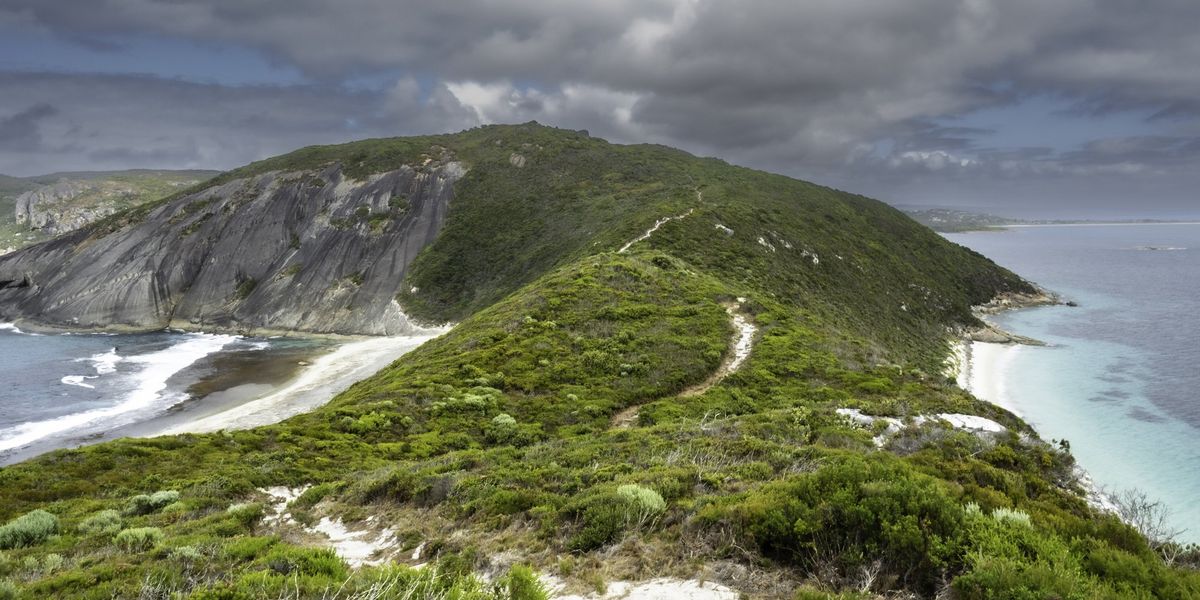The Earth is constantly changing, presenting a puzzle that experts spend their careers trying to solve.
Now, researchers at Utrecht University in the Netherlands have discovered fragments of a long-lost continent that had puzzled the scientific community for years.
Scientists knew that Argoland, a landmass 5,000km long, had separated from western Australia 155 million years ago.
However, the whereabouts of Argoland remained unknown.
The key to solving this mystery was a massive basin hidden deep below the ocean called the Argo Abyssal Plain, which Argoland had left behind.
By examining the seafloor structure, geologists determined that Argoland had drifted northwest and ended up in the region where Southeast Asia now exists.
Surprisingly, no large continent was found beneath the Southeast Asian islands; only remnants of small continental fragments surrounded by much older oceanic basins.
The researchers from Utrecht University set out to piece together what happened to the missing land.
 Argopelago ended up where the islands of Southeast Asia are now locatediStock
Argopelago ended up where the islands of Southeast Asia are now locatediStock
A press release from the team explained that another “lost” continent, discovered in 2019, had sunk into the Earth’s mantle, leaving only its top layer behind, which eventually formed the mountains of Southern Europe.
However, Argoland did not leave any “folded” remains behind.
Geologist Douwe van Hinsbergen, one of the study’s co-authors, said, “If continents can disappear entirely without leaving any trace on the Earth’s surface, it becomes nearly impossible to reconstruct past supercontinents and understand the Earth’s geological history.”
Van Hinsbergen emphasized the importance of these reconstructions for understanding biodiversity, climate, raw materials, and geological processes like mountain formation and plate tectonics.
Van Hinsbergen and his colleague Eldert Advokaat conducted a thorough investigation of Southeast Asia’s geology to uncover the fate of Argoland.
“But we had limited information to work with, so our research took seven years to complete,” Van Hinsbergen said.
 Argoland broke up into different fragments which the authors christened ArgopelagoEldert L. Advokaat, Douwe J.J. van Hinsbergen
Argoland broke up into different fragments which the authors christened ArgopelagoEldert L. Advokaat, Douwe J.J. van Hinsbergen
They discovered that the fragments of Argoland arrived at their current locations around the same time, revealing a previously unknown fact about the continent. Argoland was not a single, clearly defined landmass but rather an “Argopelago” consisting of microcontinental fragments separated by older oceanic basins.
This fragmentation of Argoland began approximately 300 million years ago, and now its ancient shards lie deep beneath the jungles of Indonesia and Myanmar.
Sign up for our free Indy100 weekly newsletter
Have your say in our news democracy. Click the upvote icon at the top of the page to help raise this article through the indy100 rankings


